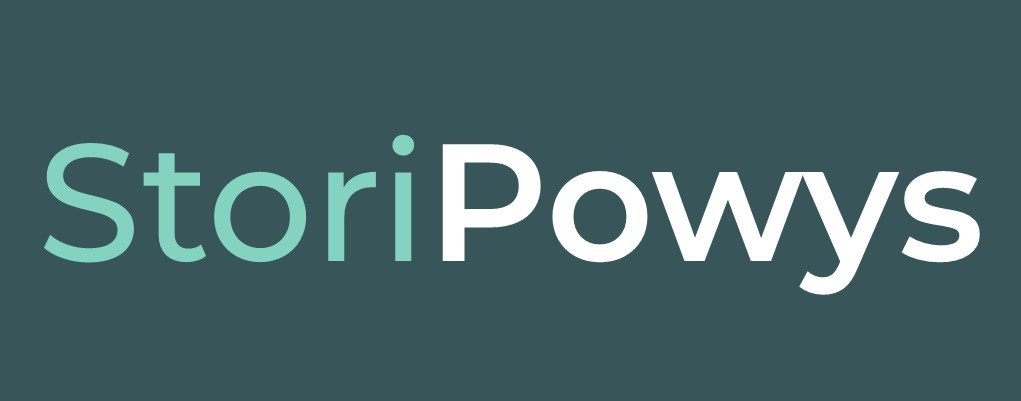Census Returns 1841 - 1911
There has been a census of the population of England and Wales every ten years since 1801 (except for 1941).
From 1801 to 1831 inclusive, however, the numbers of people in each parish were recorded, but not their names or any personal details; inhabited and empty houses, and approximate occupations, were also noted. This data was compiled by the local Overseers of the Poor and clergy.
From 1841 the information was compiled by census enumerators each of whom was responsible for a district (defined in the country as an area where an enumerator would not have to walk more than 15 miles and in towns as approximately 200 houses). Heads of households filled in their own forms and mistakes are not uncommon. The forms were copied into books by the enumerators and sent to the Census Office in London: these are the "census returns" and they had to be completed in English. The originals are now kept at the Public Record Office, but have been microfilmed and are available locally.
The 1841 census took place for the night of 6/7 June. For the first time the name, the age (rounded down to the nearest 5 for everyone over 15 years) and occupation were recorded. Residents were asked if they were born in the county in which they now resided.
The 1851 census took place for the night of 30/31 March. From now on exact ages were recorded, marital status and relationship to the head of the household. Birth places in England and Wales are given precisely.
The 1861 census took place for the night of 7/8 April; the 1871 census for the night of 2/3 April; the 1881 census for the night of 3/4 April; and the 1891 census for the night of 5/6 April. Each of these contains basically the same information as the 1851 census described above.
In 1891 the further information as to number of rooms occupied, if less than five was added, as well as a question on the ability to speak Welsh.
The 1901 census questions were substantially the same as those for 1891.
The 1911 census was a household census taken on the night of Sunday 2nd April. The 1911 census is the first census where the householder's schedule has remained the master entry, rather than the enumerator's notes, so you will be able in most cases to view your ancestors' handwriting when looking at 1911 census entries.
Powys Archives has free access to Findmypast and Ancestry where you can search census returns.
